A bet made between two delegates at the 2018 Legal Design Geek conference recently blossomed into a real-world Legal Design Challenge held at DWF’s London headquarters with more than 40 legal professionals attending.
At Legal Geek, we live for such moments. And a big hand must go to DWF, LEx Open Source, Radiant Law and Wavelength Law for making it happen. Check out a quick summary video of the event below:
So how did it happen?
Managing Director of DWF Ventures’ Jonathan Patterson: The bet was between me and Mo Zain Ajaz at LEx Open Source. As we all seemed to be encountering the same problems around the contracting lifecycle, we had a bet as to whether people in the sector could work together to try and solve them. He bet we could all play nice, and I bet it wouldn’t happen! We used our speaker slot at Legal Geek to advertise the idea and today is a result of the response we got.
Those attending the Legal Design Challenge came from a wide range of in-house legal teams, law firms, legal service providers, procurement teams, contract management providers, as well as innovation and design experts.
The output of the day has been made open source for anyone to take away and use in their organisation, either as they are or as a basis that can be tailored or improved further [see below].
What were the key take-homes?
Thomson Reuters’ Global Head of Drafting and Automation, Alex Wishart: For me, today’s been a realisation that no matter your industry, everyone has got the same problems when it comes to the contract space. And collaboratively we were able to identify what those problems are. It’s actually incredible we still have these problems with the technology that’s out there but it’s because people in in-house teams don’t have the bandwidth to implement the solutions. But if you can take a small slice of the process and do that better then that’s the way forward.
CEO at Wavelength Law, Peter Lee: The output of these days is collaboration and open thinking: exploring things at a higher level of extraction than just solving the problem at hand. It’s not about running around and solving the solution in a day. It’s about multiple minds talking about the problem. This is why you have to be here [to get the benefit]. It’s reinforced my view that problems are better solved when assessed from multiple angles. That goes for life in general but especially with legal problems.
Pinsent Masons Solicitor, Rachel Coleman: “It’s only the second or third time I have run through the design thinking process. It’s great as we can bring all the ideas and approaches back to Pinent Masons for the benefit of others. Another big benefit for me is building contacts. Meeting other people from other companies and hearing what their problems are and how they are trying to solve them. When you are in a law firm you see a lot of how your own company works. Seeing what’s happening outside of your own world is very useful.”
What’s the ambition for the report?
Jonathan Patterson: “That it starts conversations. If you can take it away and learn from it, then great. If you want to take it away and improve on it, then even better. But if you don’t think it’s up to much then the challenge is on you to come up with something better. Today people learned a set of techniques from a design perspective that they can take back with them into their companies. The people who attended today, it’s their job to tell others that it was time well spent.”
Why not read the report in full on DWF Ventures’ website and attend the Legal Design Geek conference on October 17th in London.
https://www.legalgeek.co/legaldesign/




